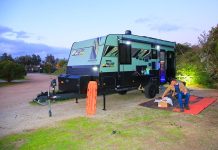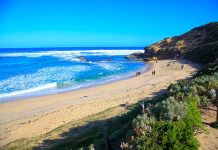1. HENLEY-ON-TODD
If you happen to be in Alice around the third Saturday in August, do not miss the marvellous Henley-on-Todd, a yacht race in the dry bed of the Todd River. It is one of the most hilarious events you will ever witness, with boats being dragged over the sand, women in bathtubs full of water being carried across the sand, people wearing boats running through the sand – you get the idea.

If you ever pondered that some of Australia’s essential character has been lost in the big smokes of the east coast, despair not because the real Australia is still out there, in Alice Springs.
2. WEST MACDONNELL NP
Running to the west of Alice is the West MacDonnell National Park. You can spend a full day touring west along Namatjira Drive. Simpsons Gap offers a short walk to the gap; wildlife lovers will enjoy this most in the late afternoon when rock wallabies and euros come down from on high to forage.
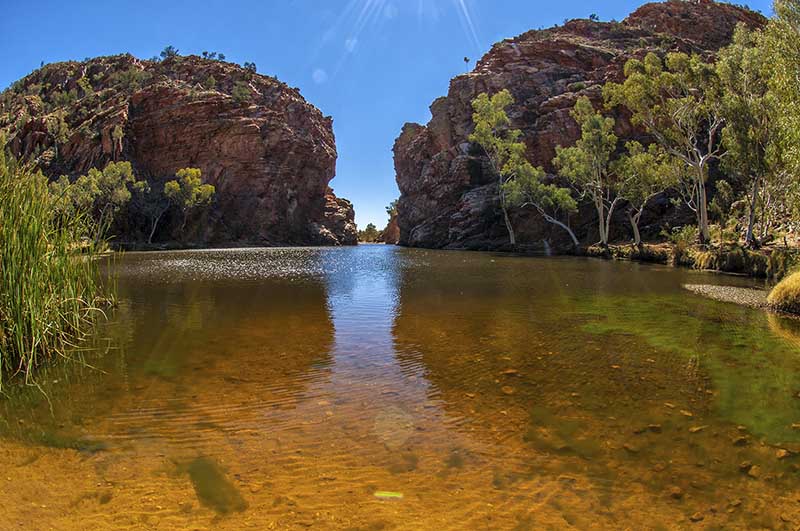
Standley Chasm, a private property bound by the park, can be a bit of a bun fight in terms of getting in and out of the parking/camping area, but the chasm lit by the midday sun is magical.
Be sure to stop at Ellery Creek Big Hole, a lovely billabong shimmering beneath a split in the range. Ormiston Gorge offers a nice campground as well as short and long walks through and along the gorge.
There are also stops outside the boundary of the park such as Glen Helen Homestead Lodge, which claims fame with its outstanding burgers (as a vegetarian, I can’t vouch for these). It would be a shame to be in Alice and not see at least some of the stops along this visually stunning drive.
3. A BIT ABOUT STREHLOW
Slightly to the south of the Mac Ranges is Hermannsburg, now an Aranda Aboriginal community, but historically a Lutheran mission most famously run by Theo Strehlow.
The historic precinct is most interesting and tells the tale of life on the mission for the Aranda people, including the famous artist Albert Namatjira.
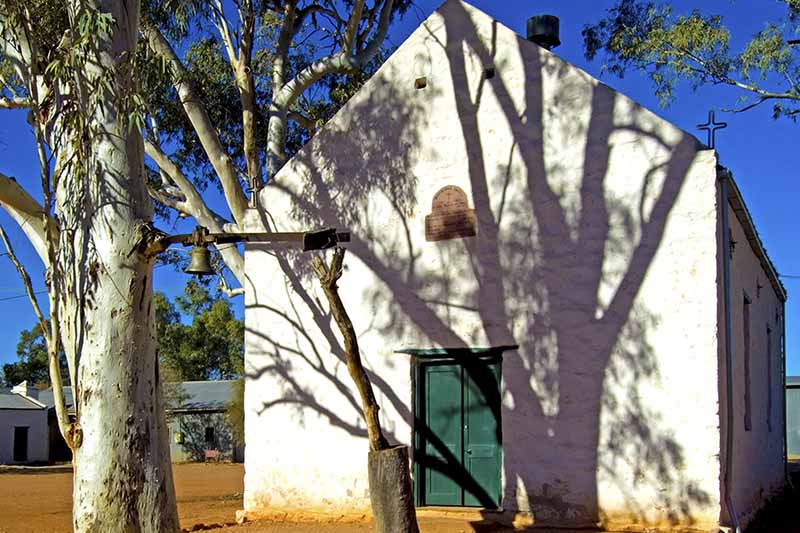
Strehlow’s son, Ted, grew up on the mission and learned the Aranda language, customs, laws and culture. After attending university in Adelaide, Ted Strehlow returned to the mission and set about recording, in writing, on film and in genealogical charts, many aspect of Aranda traditional life. In fact, Ted Strehlow (like his father) was so highly regarded by the Aranda, that many of the initiated elders entrusted sacred/secret artefacts to him for safekeeping. Hence, the staggeringly important Strehlow Collection, which is now secreted in the Strehlow Research Centre within the Museum of Central Australia.
So, a visit to Hermannsburg will give you insight into mission life in the early 1900s. Then, a visit to the Museum of Central Australia will deepen this insight via two films about the intriguing Ted Strehlow and his collection, which is the subject of ongoing research. While the collection is not on display, a number of natural history exhibits well make up for this.
Next to the museum is the Araluen Art Centre and Culture Precinct with art galleries that include Aboriginal art and some of the paintings of Albert Namatjira. It has to be said that the number of cultural events, including performances by visiting ballet and opera companies, would do any big city proud.
4. TELEGRAPH STATION AND HISTORICAL RESERVE
For another history lesson that can fit in with any home school curriculum, be sure to visit the Alice Springs Telegraph Station and Historical Reserve. These days, we all take instant communication for granted, but it is important to understand that this was not always so.
This station was the reason Alice Springs became a ‘place’. It was established in 1871 to relay messages from Adelaide to Darwin and in turn providing a link to London via underwater cables. This feat of engineering is still magnificently impressive, and don’t miss the historical irony that you can now sit in the reserve’s Trail Station Wi-Fi Cafe to check your email and enjoy a vanilla slice.
5. THE FLYING DOCTOR
Everyone staying in Alice should visit the Royal Flying Doctor Service. The Alice Base offers a fascinating film of the RFDS’. history, including 3D narration by the founder, John Flynn (played by an actor, of course). The museum is most informative, providing insight into the pilots, doctors, nurses and early radio operators; this area warrants at least an hour of investigation.
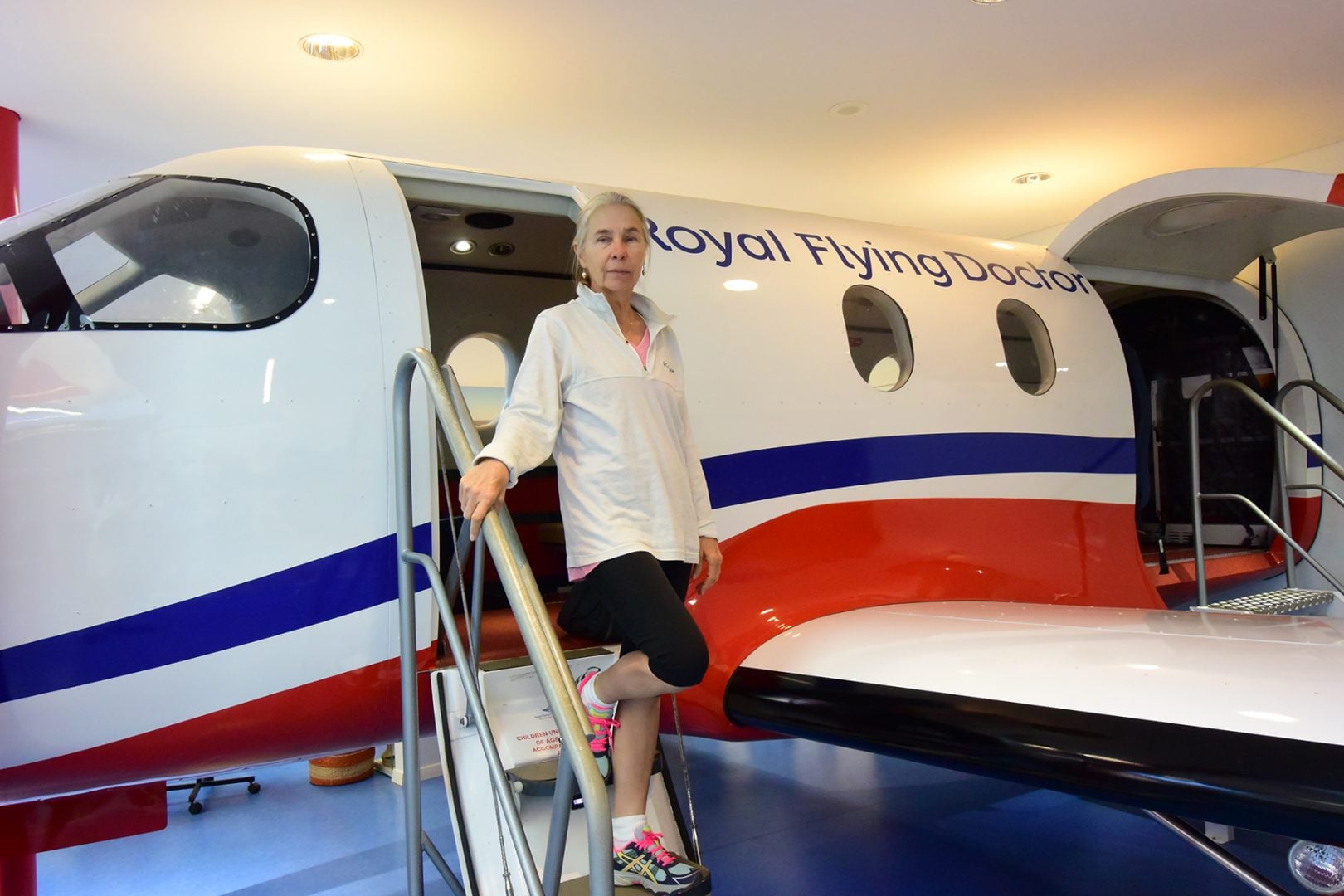
In the gift shop, you can climb inside the fuselage of one of the planes, a Pilatus PC12. This visit will make you proud to be an Aussie, and your entry fee contributes to this critical nationwide service.
6. ALICE SPRINGS REPTILE CENTRE
Across from the RFDS is the Alice Springs Reptile Centre. We have never been to Alice without visiting here at least once: we love it.
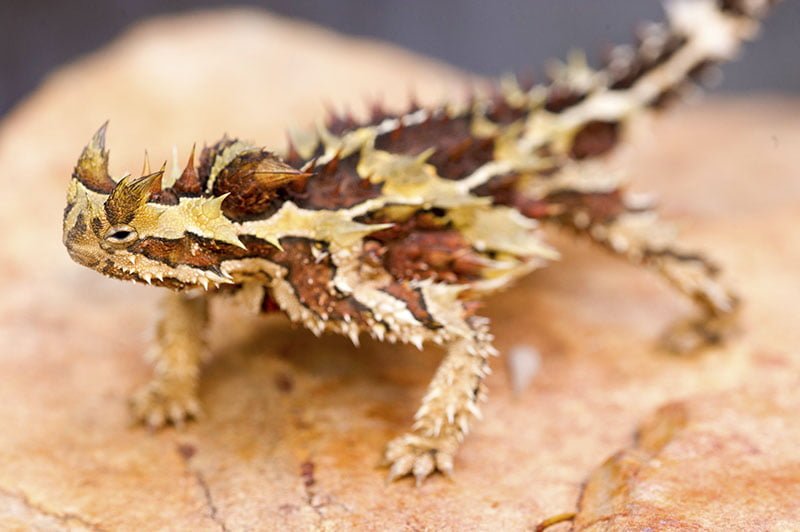
A range of snakes, both venomous and non, lives inside the small building. This is your chance to have a close look at a death adder, a taipan and an eastern brown snake among others. Outside are displays of central bearded dragons, spectacular perenties, goannas, large skinks and one of the most heavenly creatures on earth: the thorny devil. Alice’s only estuarine crocodile lives here, too.
There are three daily shows during which one of the handlers will introduce you to a few of the residents, along with a comprehensive demonstration on what to do if you are bitten by a snake.
The ‘Gecko Cave’ is also on hand, with velvety geckos hiding in the crevices of rocky enclosures. Truly a must-see.
7. THE SCHOOL OF THE AIR
If you are travelling with children, then attending the Alice Springs School of the Air, “the world’s largest classroom covering 1.3 million square kilometres”, is in order. The school began operating in mid-1951, starting with one-way radios and then two-way radios, always advancing with technology to the current use of satellites, to conduct classes to students in remote areas including stations and Aboriginal communities. If you are home schooling your kids, this is a great lesson for them.
8. ALICE SPRINGS DESERT PARK
The Alice is in the desert, and while you are certainly staying in a town, it is nice to get a sense of the real environment you are in. The Alice Springs Desert Park is the easiest way to have instant access to the flora and fauna of the region.
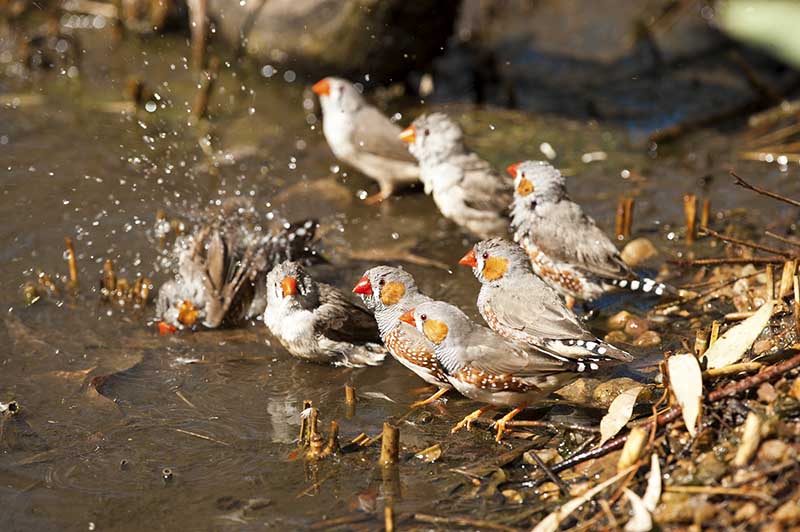
The developed part of the park sprawls over 52 hectares and features woodland, sand country and desert rivers, with numerous exhibits highlighting the glorious animals that live here.
The river aviary throbs with zebra finches and budgerigars; you may also see a grebe floating on the surface of a pond with stilts foraging on the shoreline. The desert aviary is home to red-capped robins and princess parrots.
As you wander, watch for enclosures with bustards, dingoes, red kangaroos and emus. The Birds of Prey show features raptors brought into the park after being injured. They are now ambassadors for their species. The Nocturnal House is wonderful, and includes a number of delightful bilbies.
Pics: Steven David Miller / Natural Wanders
FAST FACTS
The Royal Flying Doctor Service:(08) 8958 8412, www.rfdsalicesprings.com.au
The Reptile Centre: (08) 8952 8900, www.reptilecentre.com.au
School of the Air: (08) 8951 6834, www.assoa.nt.edu.au
The Telegraph Station: (08) 8952 3993, www.alicespringstelegraphstation.com.au
The Desert Park: (08) 8951 8788, www.alicespringsdesertpark.com.au
West MacDonnell National Park, www.nt.gov.au/leisure/parks-reserves/find-a-park-to-visit/tjoritja-west-macdonnell-national-park
Hermannsburg Historic District: (08) 8956 7402, www.hermannsburg.com.au
Museum of Central Australia: (08) 8951 1121, www.magnt.net.au/museum-of-central-australia


